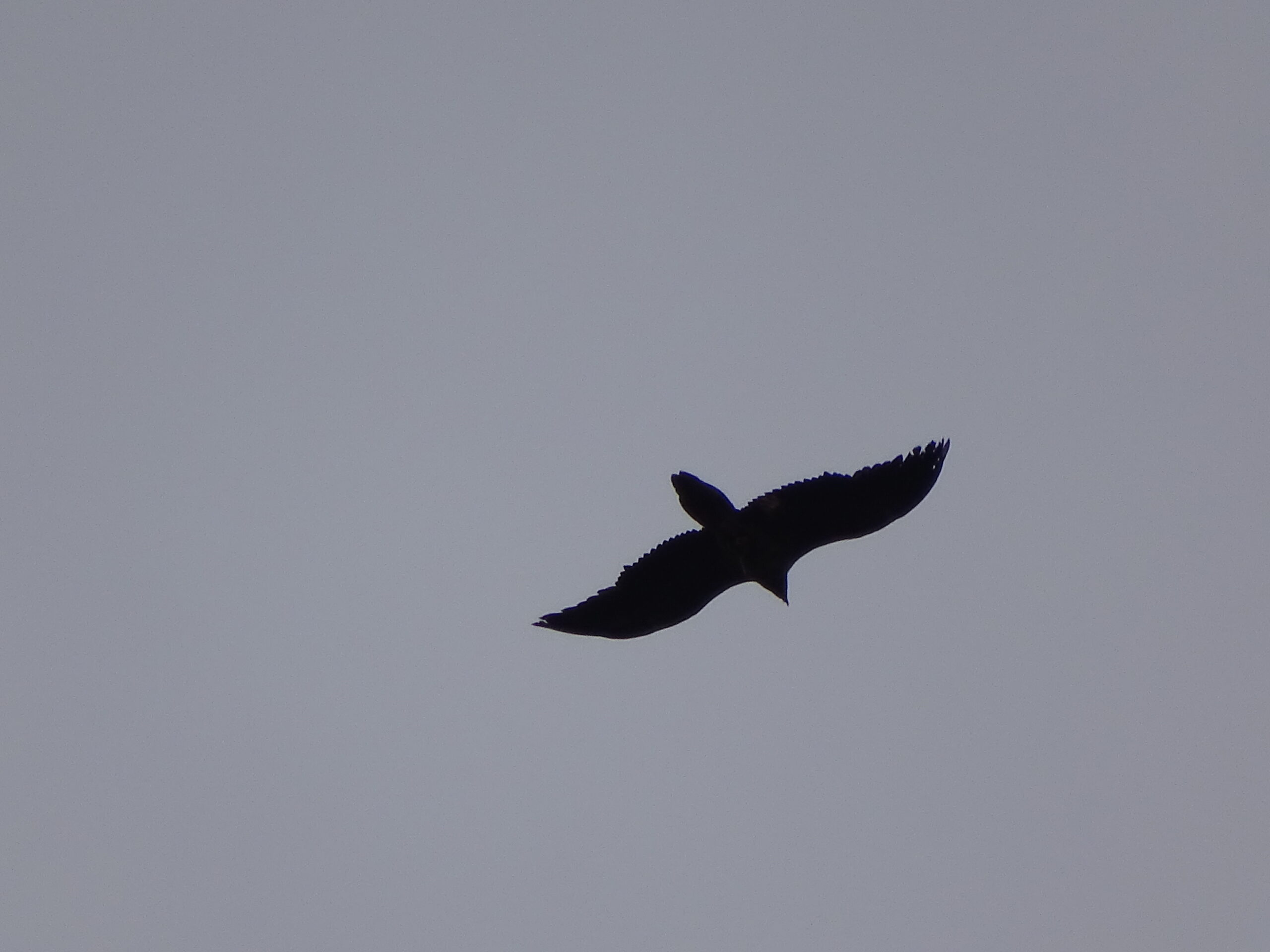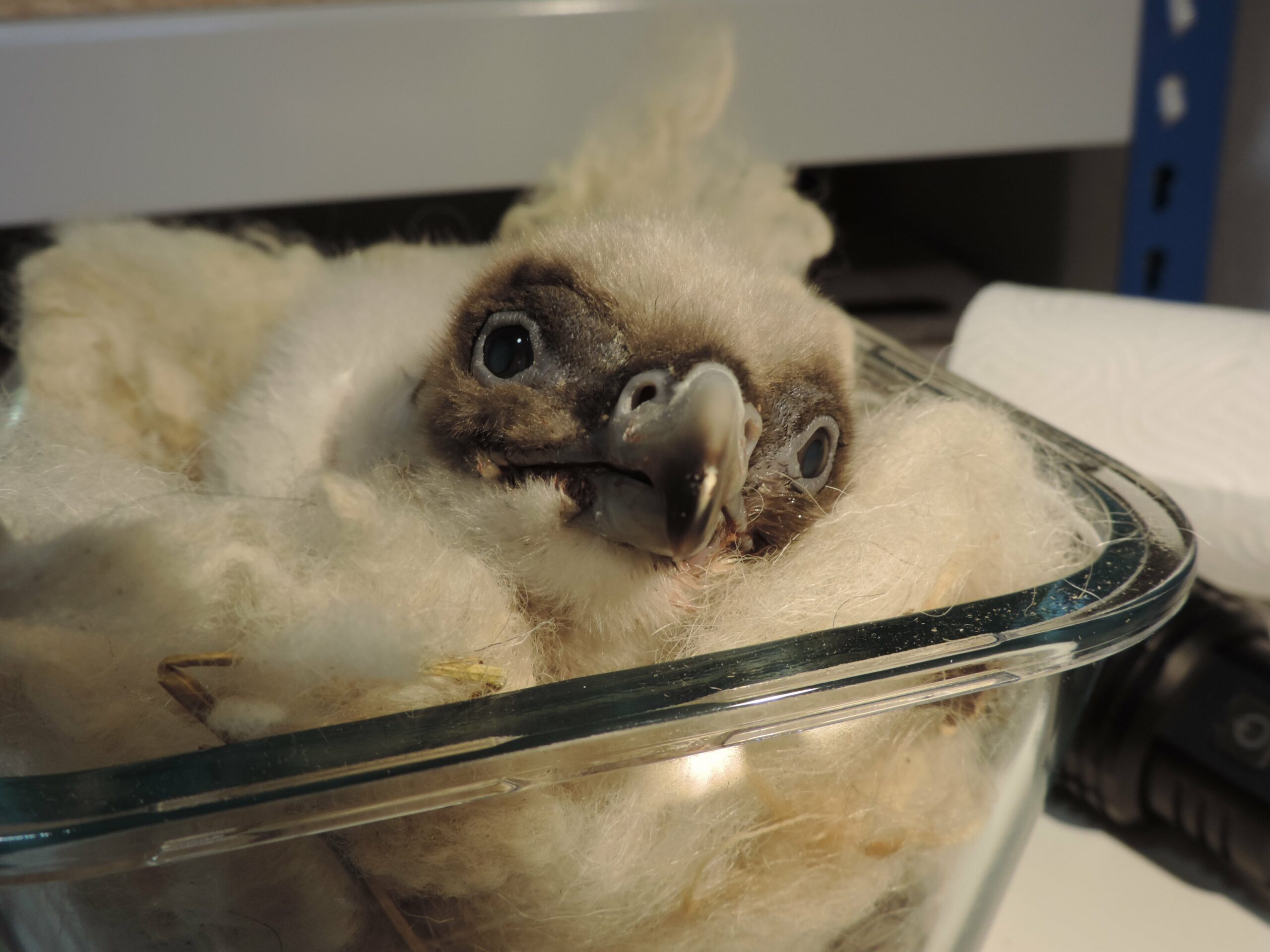
The bone-eating Bearded Vulture is the rarest vulture in Europe. Today, there are around 160 breeding pairs in the Pyrenees, while Europe’s total population (including Turkey and the Caucasus) is estimated at 600 to 1000 pairs. We here at the Vulture Conservation Foundation (VCF) are involved in different projects across Europe to boost the population of the species. Here is the breakdown of this year’s Bearded Vulture conservation highlights.
Conservation in Europe
The Bearded Vulture conservation programme in Europe is one of the most successful wildlife comeback stories of our times! It is a great project that has gathered momentum, motivated partners and captured the imagination of people. It is not only a conservation project – it is a human and social adventure that is producing social, political, economic and conservation outputs. Growing in complexity and scope, it has evolved from discrete, single-focus projects to a truly international, pan-European programme. Research and monitoring has always underpinned the projects – and expanding the scope of the research to all populations is important – so engagement with the International Bearded Vulture Monitoring Network (IBM) and collaborative approaches need to be strengthened for a European-wide analysis.
Captive breeding
The captive breeding season of 2018-2019 was excellent with a new record of 29 fledglings, from which one died as a fledging. This shows promising potential for greater outputs in the future! The population within the Bearded Vulture Captive Breeding Network (EEP) has a demographic healthy pyramid shape age figure and genetic variability is secured for the long run. Another essential element of the network is the excellent collaboration and coordination between partners and institutions.
To enhance the breeding results, 11 birds from the 14 foreseen were transported, potentially forming 6 new breeding pairs and 1 foster pair. To face the challenges chicks face during transportations, like west Nile virus and aspergillosis in a context of climate change, a new strategy was adopted and applied. The VCF is continually enhancing the management of the Bearded Vulture EEP with site visits, guidelines, documents, communication and contracts with zoos. This year, thanks to the great captive breeding season, we broke another record. We released a total of 22 Bearded Vultures in the wild across 6 sites – two in Baronnies, two in Vercors, five in Grands Causses as part of LIFE GypConnect, and as part of other projects, we released nine in Andalusia, two in Corsica, and two in Maestrazgo.
Wild reintroduced population
Overall, the wild reintroduced populations are performing well. In the Alps, the number of breeding pairs continues to increase.
In Andalusia, 3-4 breeding pairs produced 2-3 fledglings this year.
In Corsica, there was an extraction of a double-clutch from a wild nest. It was transferred to Vallcalent Specialised Breeding Centre (24h travel ferry and car), and two chicks hatched. There are currently three chicks in the EEP.
Monitoring
Here at the VCF, we monitor vultures using GPS tracking technology, which is a vital tool for conservationists. With GPS trackers, we can track the everyday position and movement of birds anywhere in the world. This data helps understand migration patterns, behaviour and foraging ranges, and helps identify threats. Essentially, trackers can help indicate a specific bird’s health and assist conservationists in carrying out widespread actions that mitigate the threats, safeguard flight paths and support the comeback of these species.
This year, we were involved in the tagging of 14 Bearded Vultures – nine as part of LIFE GypConnect, two in Maestrazgo and three in the Alps (wild hatched).
International Bearded Vulture Monitoring Network (IBM)
In addition to tagging Bearded Vultures, we coordinate the International Bearded Vulture Monitoring Network (IBM). It is a unique international collaboration led by us at the VCF between national & natural parks and non-governmental organisations to coordinate the monitoring activities for European Bearded Vulture populations. This year, we attained two new partners, had over 1000 observers during the International Observation Day and had three steering committees organised and managed. Thanks to the network, we monitored 57 Bearded Vulture territories in the Alps, 49 breeding pairs with 42 chicks hatching, from which, a total of 38 chicks fledged – a new record!
Annual Bearded Vulture Meeting 2019
In this year’s Annual Bearded Vulture Meeting in Andorra, over 100 participants joined us to discuss the latest Bearded Vulture conservation insights in Europe and beyond. Learn more about the meeting:
Day one of the Annual Bearded Vulture Meeting 2019
Day two and three of the Annual Bearded Vulture Meeting 2019
Conclusions of the Annual Bearded Vulture Meeting 2019
Learn about the 2019 conservation highlights of the other European vulture species:
Thank you for your continuous support. You can donate to the Vulture Conservation Foundation and help us continue our work protecting Europe’s vultures.



